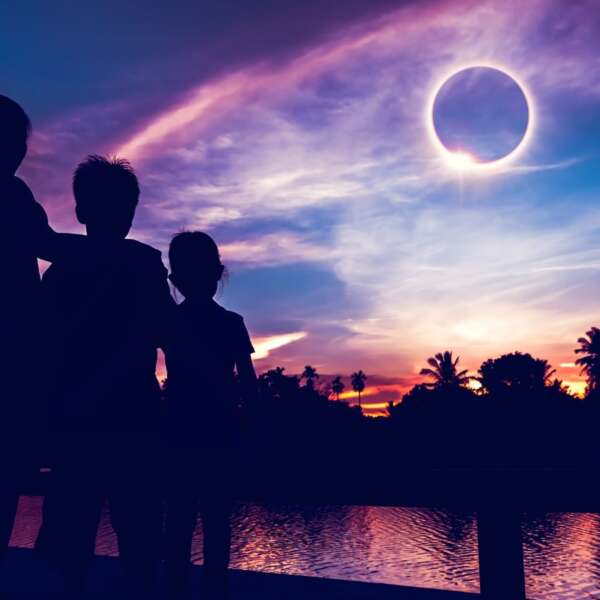July’s Buck Moon First of Four in Supermoon Season
As the monsoon season begins in the Philippines, the skies are preparing to put on a remarkable show with a series of four supermoons. The first of these, known as the Buck Moon, will rise on Monday, July 3, promising an exciting event for skywatchers with the lunar disk appearing larger and brighter in the night sky.
The term “supermoon” refers to the moon being closer to Earth during its full phase. This phenomenon is due to the elliptical orbit of the moon, which means it has points of perigee (closest to Earth) and apogee (farthest from Earth). A supermoon occurs when the moon is both full and at its perigee.
The Buck Moon, named after the period when male deer, or bucks, start to grow their new antlers, will be just 224,895 miles (361,934 kilometers) from Earth. Although this name originates from North American traditions, the spectacle of the supermoon can be enjoyed by observers worldwide.
Astrophotography enthusiasts and casual observers alike can look forward to this luminous spectacle. Despite a 30% brightening of the moon and a 14% increase in the lunar disk’s size, these differences aren’t usually noticeable to the naked eye unless one pays careful attention.
Following the Buck Moon, the next supermoon will rise on Tuesday, August 1, with the moon at a distance of 222,158 miles (357,530 km) from Earth. The Full Sturgeon Moon, as it is known, will be succeeded by the Blue Moon on August 30. This second supermoon of August will be at its closest during this “supermoon season,” just 222,043 miles (357,344 km) away.
The series of supermoons will conclude with September’s Full Corn Moon. This final supermoon of 2023, on September 28, will be 224,657 miles (361,552 km) from Earth, providing a fitting end to the celestial spectacle.
Do you find this content useful?

For those hoping to capture these celestial events, guides on choosing the best telescopes, binoculars, cameras, and lenses for astrophotography can help. Specific guides on how to photograph the moon can provide further assistance.
So, despite the rainy weather, be sure to mark these dates on your calendar and prepare for the stunning monsoon season of supermoons!
















